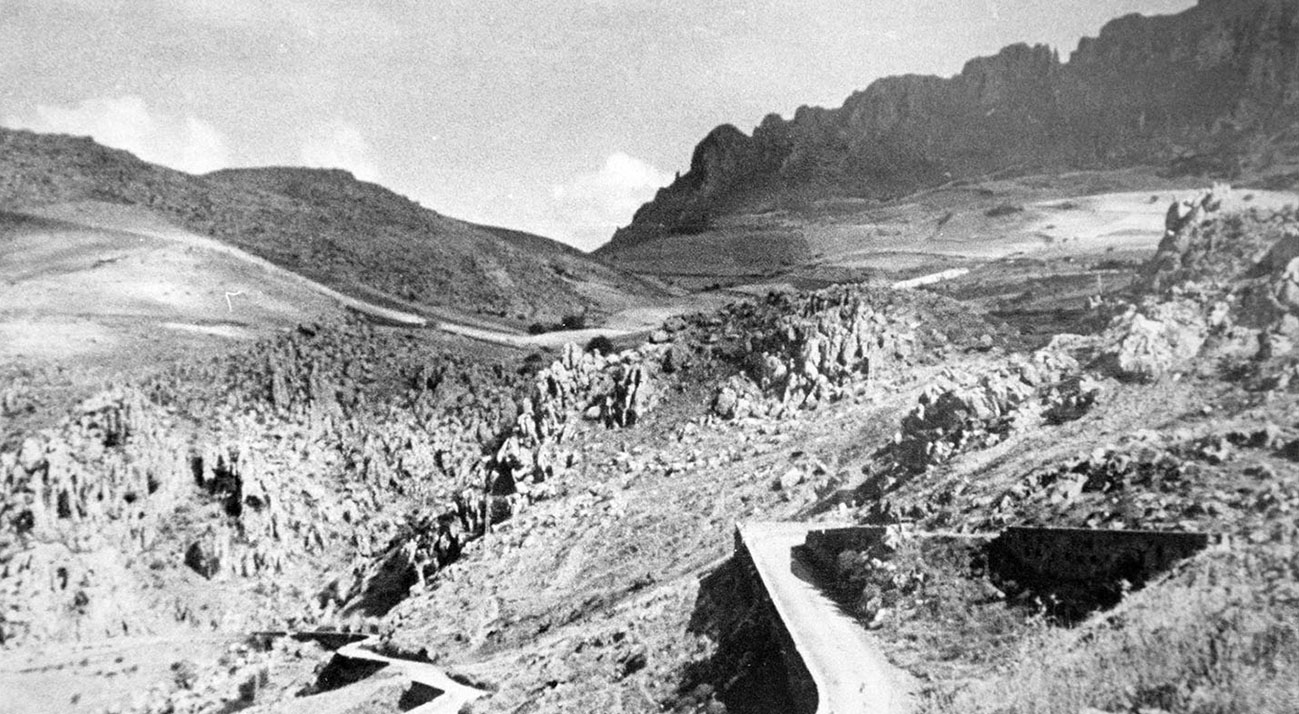Your basket is currently empty!
Gratteri’s origins: a place of rural trading in prehistory
Even before the Romans, Greeks and Phoenicians, in the prehistoric age for sure and probably in the protohistoric one, the entire district of the last buttresses of Madonie, from Isnello to Gratteri, was inhabited in Lascari. This is demonstrated by the Grotta del Fico, during the Chalcolithic period, by the Chiusilla, during the Bronze Age, by Isnello and finally – in no uncertain terms – by the so-called Gratteri’s “storage room”, now preserved in Palermo, at the Museo Archeologico Regionale Antonio Salinas.
In 1920, some stonecutters from Gratteri, during the explosion of a mine in Portella and in grotta d’Agostaro (called locally “Rutti Brianti”), saw a number of bronze instruments leap out of the mountain, which they quickly gathered together and hid in their houses. They were able to secure hidden objects at Palermo Museum by intervening promptly and energetically.
This storage room included eleven bronze pieces: eight trapezoidal side axes of different length (total weight Kg. 2,683); two by eye with curved pen, in the part of the handle (gr. 946 and kg. 1,44) and ed a ring with tapered ends and joined together (gr. 117, diam. mm. 69), attributable to the period of transition from the Bronze Age to the first Iron Age of continental Italy, which corresponds to the end of the late second-early third Sicilian period (Atti della Reale Accademia di Scienze, Lettere e Belle Arti di Palermo – Terza serie, anni 1923-24-25, Vol. XIII, Palermo Scuola Tip. “Boccone del Povero” 1926).
The closets found in Lipari (Messina) Cannatello (Agrigento), Biancavilla (Catania) and Malvagna (Messina), covering a chronological period classified with the cultural phase of Cassibile, dated 1000-850 B.C. (Ibid.), belong to this group too.
However, the axes found in Gratteri have some particularly archaic features, such as the eye little or not distinct from the blade and the sharp edge in the upper face of the blade, unrelated to the later styles, but typical of peninsular types, like axes with ribs and crested heel and those like Menaforno and Cuma (Ibidem).
The insights reached in recent years in the study of metal materials of the Italian peninsula and the review of various deposits found on the island have led to question the origin of the metal, linking the abundance of bronze attested by the closets of Sicily with the emergence of the great metallurgical industry on the coasts of Tuscany that characterizes the most ancient phase of the civilization of the iron to Cuma and in the Campania in general that they would confirm of the commercial relationships between Sicily and the marine Etruria from the origins of this manifestation of civilization (Ibidem).
On its meaning, therefore, archaeologists opine that the objects constituting the matter of the closets, in addition to serving for the needs of daily life, were also worth as a primitive metallic coin, circulating for commercial exchanges, something similar to “what later became, when the coin began to be minted, the money boxes” (Cfr. L.Bernabò Brea, La Sicilia prima dei Greci, Milano 1972, p. 185).
The site was probably used as a trading center between mountain settlements and neighboring areas (S. Tusa, L’archeologia, in Il parco delle Madonie, Palermo 1989, p. 178). Therefore, this important testimony constitutes the most glaring proof of the human presence of that area of the Madonie in which, after about two millennia, the village of Gratteri rose.



